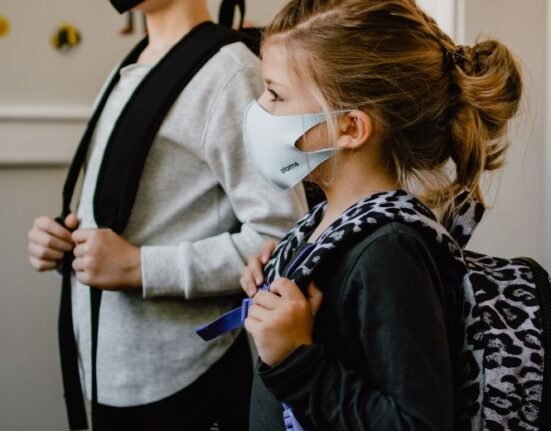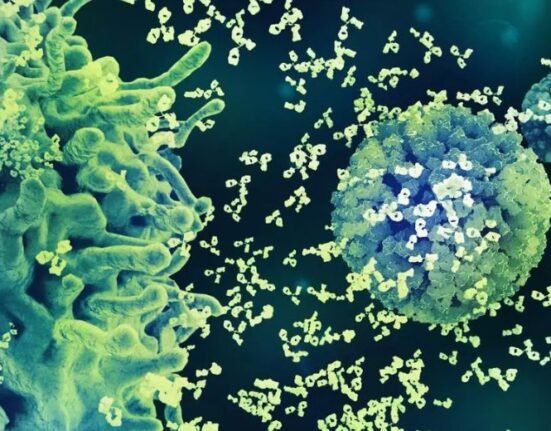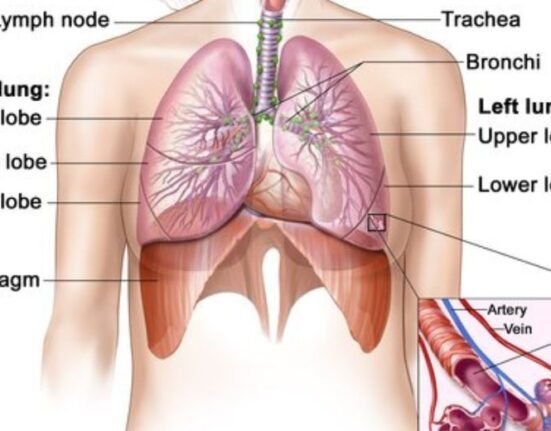HQ Team
June 3, 2025: The number of active Covid-19 cases in India approached the 4,000-mark, with 161 people infected with the disease in southern Kerala state and 82 reported cases from the capital, New Delhi, as of June 2.
Four deaths were reported yesterday — one each in Kerala, western Maharashtra, southern Tamil Nadu, and New Delhi, according to the government’s Ministry of Health and Family Welfare.
The total number of active cases was 1,435 in Kerala, 506 in Maharashtra, 483 in New Delhi and 331 in eastern West Bengal state.
A 22-year-old woman with a history of post-tuberculosis and bilateral lower respiratory tract infection died in New Delhi. In Tamil Nadu, a 25-year-old male with bronchial asthma and severe tubular injury died. He had an “incidental Covid-19 positive status,” according to the government statement.
Acute Respiratory Distress Syndrome
In Maharashtra, a Covid-positive male, 44, died due to severe acute respiratory distress syndrome with dilated aortic regurgitation. Acute respiratory distress syndrome is a life-threatening lung injury that allows fluid to leak into the lungs. Breathing becomes difficult, and oxygen cannot enter the body. Most people who get the disease are already in the hospital for trauma or illness.
Details of the person who died in Kerala were awaited. Thirty-two people have died in India due to Covid-19 since January 1.
Over eight per cent of outbreaks reported under India’s infectious disease surveillance system between 2018 and 2023 were zoonotic — spread from animals to humans, such as the Covid-19 pandemic, according to an analysis by the Indian Council of Medical Research-National Institute of Epidemiology, Chennai.
Zoonotic outbreaks consistently peaked during June, July, and August, researchers from southern Chennai, the capital of Tamil Nadu state, said.
Typically, about seven zoonotic outbreaks — also sometimes called ‘spillover events’ — occurred in a month, and such instances significantly increased over the years, specifically, post-pandemic, the study published in The Lancet Regional Health Southeast Asia journal found.
Zoonotic outbreaks rise
Timely analysis of zoonotic outbreak surveillance data is critical for assessing the effectiveness of outbreak detection and reporting systems, a priority for global health security.
The researchers described the zoonotic disease outbreaks notified under the Integrated Disease Surveillance Program in India between 2018 and 2023 to identify temporal trends and spatial variation. They conducted a cross-sectional study by reviewing zoonotic disease outbreak line-list data from IDSP weekly outbreak reports and analysed by year, region, and timeliness of reporting.
Of the 6,948 outbreaks reported in IDSP, 583 (8.3%) were zoonotic, with a median of seven monthly zoonotic outbreaks.
Outbreaks significantly increased over the years. Japanese encephalitis accounted for 29.5% of zoonotic outbreaks, followed by leptospirosis (18.7%) and scrub typhus (13.9%). The northeast region contributed 35.8% of zoonotic disease outbreaks, followed by the southern (31.7%) and western regions (15.4%).
One-third (34.6%) of outbreaks were reported late, and they declined over the years (52.6% in 2019, 40.9% in 2021, and 5.2% in 2023). The follow-up reports were unavailable for 97.2% of zoonotic outbreaks notified.
Critical gaps in weekly outbreak reports were identified, particularly the lack of follow-up documentation. To address these gaps, we recommend strengthening disease-specific surveillance systems in hotspot regions, the researchers wrote.








